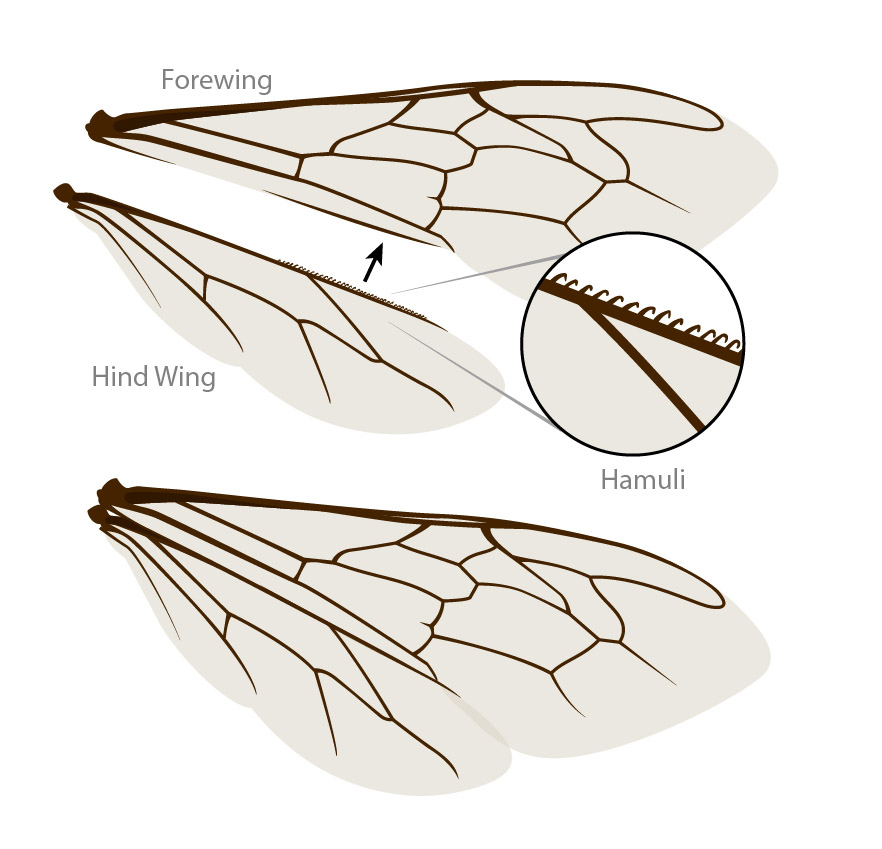
Magnan's reference is to a calculation by his assistant André Saint-Lagué, who was apparently an engineer. ST LAGUE at the conclusion that their flight is impossible.") ("I applied the laws of air resistance to insects, and I arrived with Mr. SAINTE-LAGUE a cette conclusion que leur vol est impossible. Tou d'abord poussé par ce qui fait en aviation, j'ai appliqué aux insectes les lois de la résistance de l'air, et je suis arrivé avec M. In 1934, Magnan included the following passage in the introduction to his book Le Vol des Insectes: However, another thread of evidence points to French entomologist Antoine Magnan. Identify the researcher who did the calculation as Swiss gas dynamicist Jacob Ackeret (1898–1981). Some accounts associate the story with students of physicist Ludwig Prandtl (1875–1953) of the University of Göttingen in Germany. To the biologist, however, the aerodynamicist's initial failure was sufficient evidence of the superiority of nature to mere engineering.

That was about all he could do at a dinner party. Not surprisingly, there was insufficient lift.

To keep things simple, he assumed a rigid, smooth wing, estimated the bee's weight and wing area, and calculated the lift generated by the wing. To answer the biologist's query, the engineer did a quick "back-of-the-napkin" calculation. One evening at dinner, a prominent aerodynamicist happened to be talking to a biologist, who asked about the flight of bees. One set of accounts suggests that the story first surfaced in Germany in the 1930s.


 0 kommentar(er)
0 kommentar(er)
